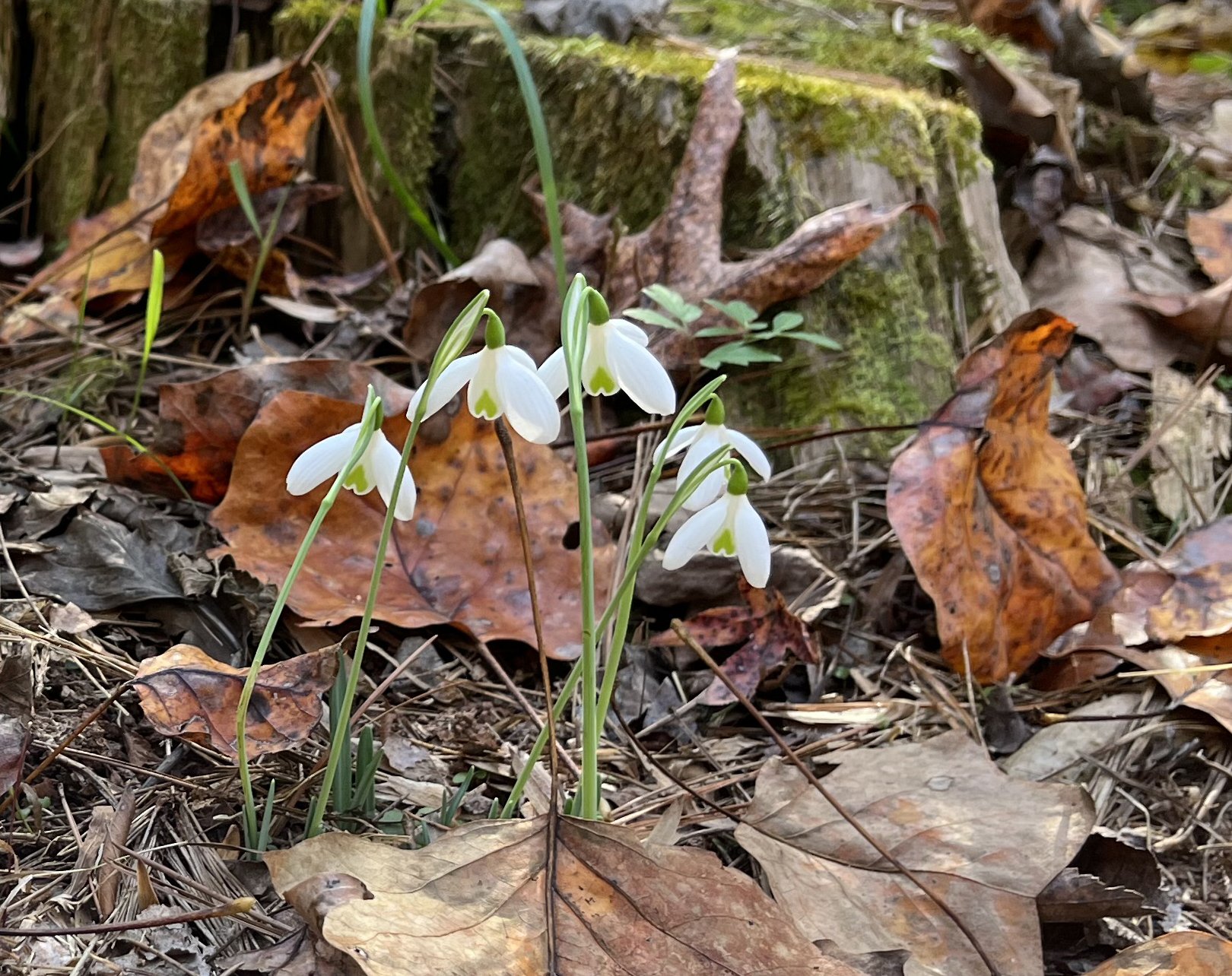A Killing Frost
There are frosts and then there are frosts. The moment our final visitor leaves after Fall Garden Open Day, we begin agonizing over mobile weather apps. This one predicts it will be thirty-nine degrees in Hillsborough and thirty-seven in Rougemont (usually the temperature at Montrose falls somewhere between the two predictions). This app calls for a frost at 6:15 a.m., but only for ten minutes before the sun begins to rise. This says the low for Wednesday is twenty-eight degrees, but does that mean in the night after Tuesday or in the early morning before Thursday? We check, worry, check again, and discuss. This year, the first chance of frost came with a forecast as low as thirty-nine degrees on October 8th. Thankfully it never went below forty. Nevertheless, we were chastened, and we began our preparations.
At Montrose, our plantings include hundreds of taxa that are either tender to our winters, or marginally hardy, meaning they may or may not survive depending on the severity of the winter. This collection was built one plant at a time over decades. Eclectic in its constitution, it ranges from rare, exotic plants grown from seeds traded long ago, to garden center bedding plants that we love and cannot count on being able to buy again. The collection is sprawling and irreplaceable. Every year it must be preserved before the arrival of a killing frost.
This year, like every year, we began by putting furcraeas and agaves in the greenhouse. These plants would not be harmed by the light frosts of mid-autumn, but their large size and eye-stabbing leaves require that we settle them in their places before filling the greenhouses with more tender plants.
Once the agaves were in, it was off to the races. We dismantled the sunny beds, digging tibouchinas, durantas, cupheas, begonias, alternantheras, and many others from the garden. We potted them up, then pruned them back to allow for the flow of air and light in the greenhouse. We dug and potted dozens of salvias, and took cuttings of many more. We grow over eighty types of salvia at Montrose, and each one that is not fully hardy must find its winter home in our greenhouses or cold frames. We keep one greenhouse at fifty degrees, the other at forty, our deep cold frames, dug several feet into the ground, never go below twenty-eight degrees. The most tender specimens are kept under LED lights in the basement. As we prepare each plant, we sort it into the place where it will best survive the winter.
Returned predictions of frost spurred us on. We dug, and potted, and packed until dusk each night, then began again each morning. It seems that every year, no matter when we start this project, we always have just enough time. After a couple light frosts that did no damage, we finally had our cold night last Wednesday, November 1st. The temperature dipped to the mid-twenties and by Thursday morning, dahlias, coleus, and tender salvias were black, and hanging down pitifully.
As with everything in the garden, death always means new life. The frost sparkled on the silver dianthus leaves at dawn. Our Galanthus reginae-olgae and G. peshmenii are already at the peak of their bloom. G. elwesii has begun to show its first flowers. Cyclamen cilicium is in bloom and C. hederifolium has spread its lovely, varied leaves. Our summer work is done, and we are at peace again.
